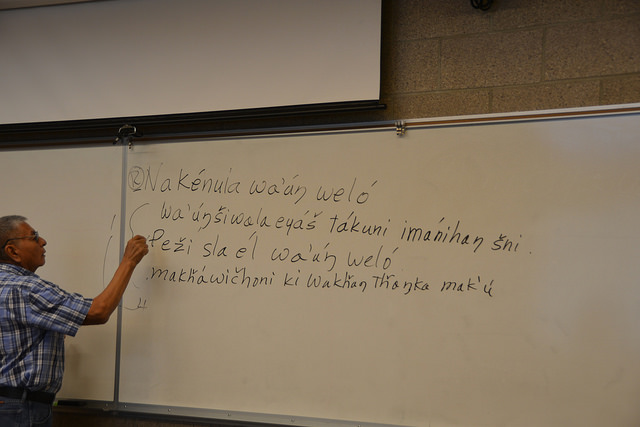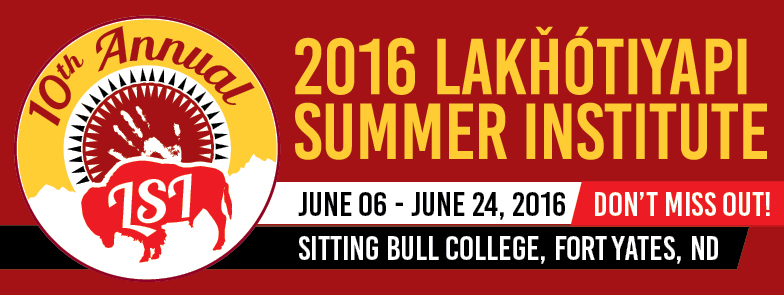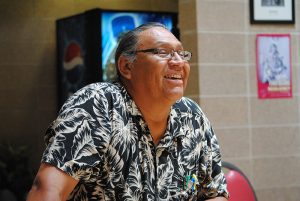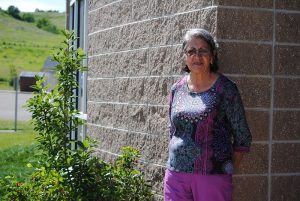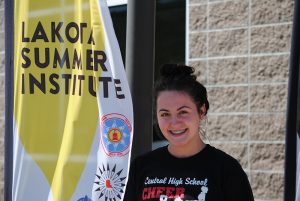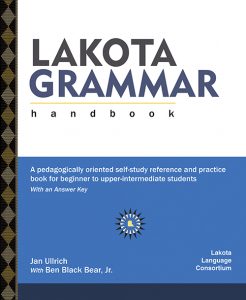 The New
The New
Lakota Grammar Handbook
It’s here after nearly two years of development so we’re celebrating with the linguists and native speakers of Lakota who worked with us here at the Lakota Language Consortium to complete the Lakota Grammar Handbook, a 636-page self-study guide we believe is going to become the gold standard for Native American language learning in the U.S.
Both a reference guide and a practice workbook, the Lakota Grammar Handbook is the most comprehensive grammar book ever compiled of the Lakota language and is designed for a wide range of users: from beginning learners to Lakota language teachers, educators who use the native language and linguistic researchers. It’s been a massive undertaking: 19,000 Lakota sentences, including over 11,600 practice sentences, 230 learning units, all taken from the study of authentic narratives and dialogs recorded from hundreds of Lakota speakers.
This is the first Lakota grammar designed primarily for self-study so neither a teacher nor previous experience with Lakota is required to use the handbook effectively. It is also organized progressively, so learners can work their way through it gradually, learning new patterns of the grammar. Each pattern can be practiced in exercises provided for every unit and learners can check their answers in the answer key at the end of the book. It is also packed with important cultural content, for example, how possessive verbs are used in prayers to evoke the relationship to the Creator.
CLICK HERE TO ORDER NOW!
“I don’t think I’ve ever read a better grammar of any North American language,” said Marianne Mithun, a University of California Santa Barbara linguistics professor who specializes in American Indian languages. “This is certainly an extraordinary document that should serve as a model for all others aiming to do the same thing: documenting a language in its full richness and detail, but making it all accessible to motivated and sophisticated readers, as well as linguists.”
It was authored by linguist, fluent Lakota speaker and LLC board member Jan Ullrich with the assistance of fellow LLC board member Ben Black Bear, a first-language Lakota speaker, founder of the Lakota Studies program at Sinté Gleška University and the Lakota Studies and Lakota language teacher at St. Francis Mission School in St. Francis, S.D.
Ullrich thanked Black Bear for the important role he played in consultation, sentence proofing, and in providing the nearly 20,000 audio-recorded language examples and practice sentences that are expected to be used in follow-up audio learning materials, including the forthcoming Owóksape Lakota language on-line learning platform expected to be released in late 2017-early 2018.
“This is the most detailed and accurate grammar of Lakota ever, and will serve as a reference grammar and as a pedagogical grammar for a long time to come,” said Willem de Reuse, a University of North Texas Research Professor whose work has focused on the documentation of endangered languages.
LLC has already begun receiving pre-orders so get your order in today and before the holiday gift-giving season!

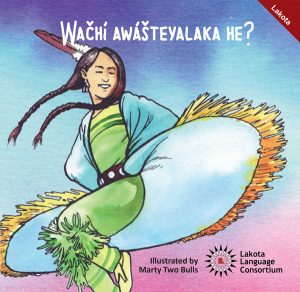
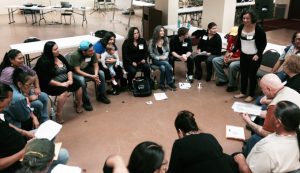 First-Ever Lakota Language Weekend in Los Angeles
First-Ever Lakota Language Weekend in Los Angeles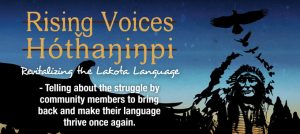
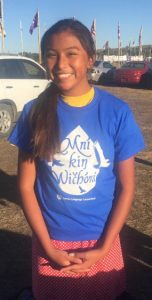 More Than a Pipeline
More Than a Pipeline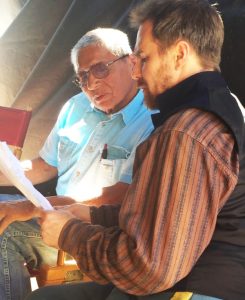



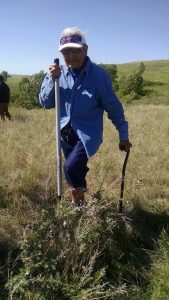
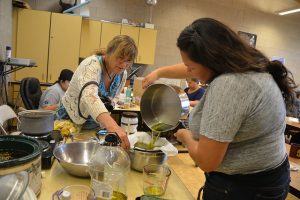
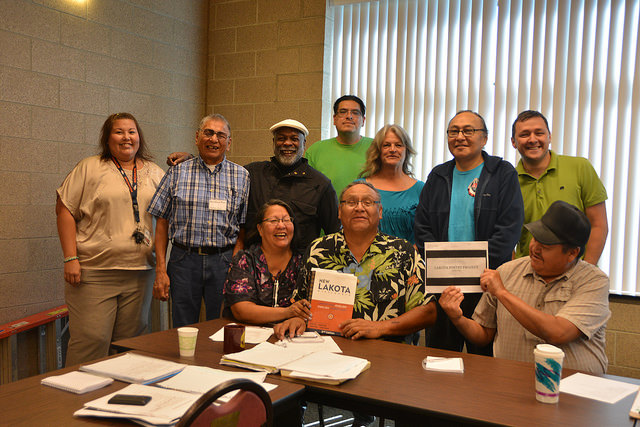 At this year’s Lakota Summer Institute history was made with the
At this year’s Lakota Summer Institute history was made with the 